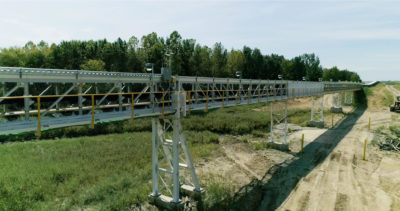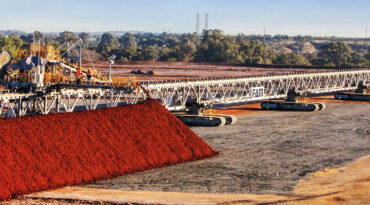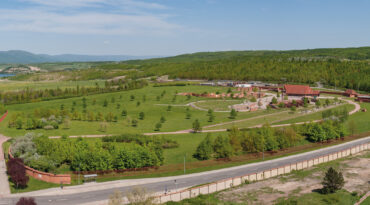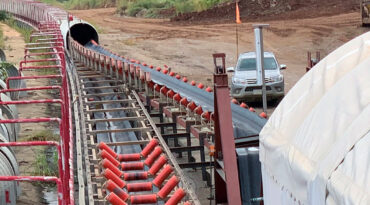The mining industry has accordingly assumed a greater obligation to report on its sustainability activities (Environmental, Social, and Corporate Governance, ESG) and to release certain kinds of data on a continuous basis. For sustainable mining to succeed, everyone involved, must keep a close eye on the impact and take measures to prevent environmental harm.
The mining industry is becoming increasingly active in the area of renewable energy sources. An example is the transformation of brownfield sites. Contaminated areas or abandoned mining locations are being put back to use through the installation of solar arrays or wind turbines. In this way brownfields are being converted to “brightfields” with economic potential. The operators of these systems are moving towards sustainable production through the use of modern, resource-efficient technologies for drives, conveyors, and transport systems. They are also introducing measures for water protection and waste avoidance.
Achieving a balance between economic, ecological and social objectives
Mine operators act sustainably, when they strive for a sound balance between economic, ecological, and social objectives. They focus on careful allocation of scarce resources, which includes minimizing energy consumption, waste, and emissions. They also optimize their transport routes and choose the right facilities and systems for tasks, such as conveying and loading. Through these measures, they can adapt their processes in a sustainable manner to the production conditions.








